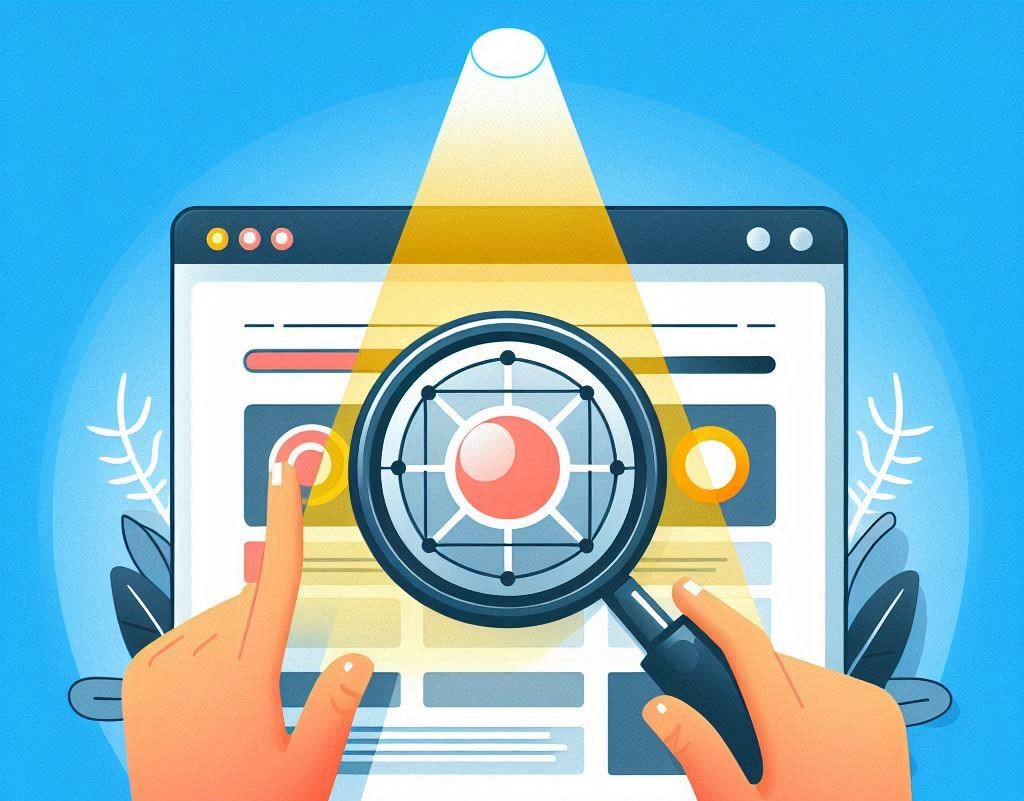What Are the Benefits of Using Asymmetrical Layouts in Web Design?
In the realm of web design, symmetry has long been the standard. However, the increasing use of asymmetrical layouts is transforming the digital landscape. Asymmetrical designs break free from traditional grid-based structures, creating more dynamic and visually compelling websites. This shift has been significantly influenced by advancements in artificial intelligence, which offer new possibilities for creativity and user engagement. For small business websites, incorporating asymmetrical layouts can lead to several notable benefits.
How Do Asymmetrical Layouts Impact User Engagement and Interaction?
One of the primary benefits of using asymmetrical layouts in web design is the increased user engagement and interaction they generate. Asymmetrical designs can make a small business website stand out from the competition by creating a unique visual experience that captures the visitor’s attention. Unlike traditional, symmetrical layouts that can become predictable and monotonous, asymmetrical layouts introduce an element of surprise and novelty. Artificial intelligence can enhance this further by analyzing user behavior and adapting the layout dynamically to maintain interest and improve engagement. This dynamic approach ensures that users are more likely to spend time exploring the site, which can lead to higher conversion rates and customer retention.
What Are Some Best Practices for Creating Effective Asymmetrical Layouts?
Creating effective asymmetrical layouts involves a careful balance of creativity and functionality. While the goal is to break away from traditional designs, it’s essential to maintain a coherent and user-friendly interface. Designers should start with a clear focal point, guiding users’ attention to key areas of the small business website. Using a mix of large and small elements, varied shapes, and strategic placement of whitespace can create a harmonious yet dynamic composition. Artificial intelligence tools can assist in optimizing these elements, ensuring that the layout not only looks appealing but also enhances usability. Additionally, maintaining consistency in color schemes and typography helps unify the design, making it visually pleasing and easy to navigate.
How Can Businesses Balance Creativity and Usability with Asymmetrical Designs?
Balancing creativity and usability is crucial for the success of asymmetrical layouts. While the design should be visually striking, it should not compromise the user experience. For small business websites, this balance is particularly important as the primary goal is to convert visitors into customers. AI-driven analytics can provide insights into how users interact with the site, identifying areas where the design may be hindering navigation or causing confusion. By leveraging these insights, businesses can make data-driven adjustments to the layout, ensuring that it remains both innovative and user-friendly. This approach helps in maintaining a seamless user journey, from the landing page to the call-to-action buttons, ultimately driving business growth.
What Tools and Techniques Can Designers Use to Implement Asymmetrical Layouts Successfully?
Implementing asymmetrical layouts successfully requires a combination of creativity and the right tools. Various design software, such as Adobe XD, Sketch, and Figma, offer features that support the creation of complex layouts. These tools allow designers to experiment with different elements, easily adjusting and fine-tuning the design. Additionally, artificial intelligence can play a significant role in this process. AI-powered design tools can suggest layout improvements, optimize visual elements, and even predict how changes will impact user behavior. For small business websites, this means that designers can create unique, high-performing designs with greater efficiency. Furthermore, integrating responsive design principles ensures that the asymmetrical layout looks great on all devices, providing a consistent and engaging user experience across platforms.
In conclusion, asymmetrical layouts offer numerous benefits for web design, especially for small business websites looking to differentiate themselves and enhance user engagement. By leveraging artificial intelligence and adhering to best practices, businesses can create visually stunning and highly functional websites. Balancing creativity with usability ensures that these innovative designs not only attract visitors but also convert them into loyal customers. With the right tools and techniques, designers can successfully implement asymmetrical layouts that drive business growth and deliver an exceptional user experience.



